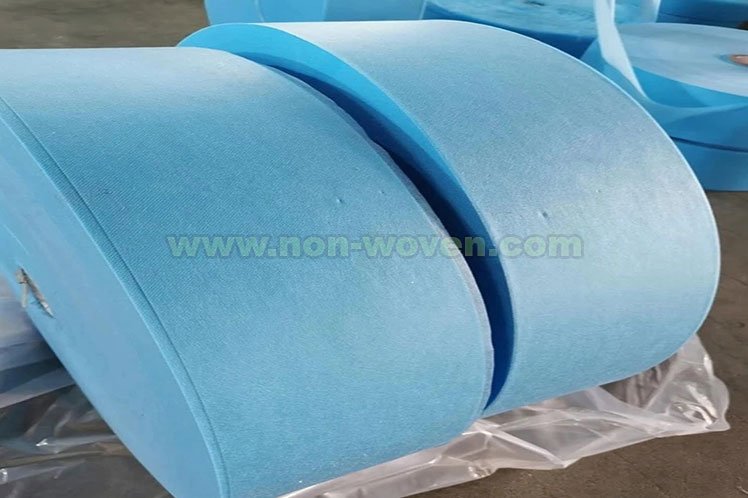Mdical non-woven fabrics are made of synthetic fiber, which is bonded together by physical, chemical or mechanical means.Medical non-woven fabrics are used in a wide variety of applications, from disposable gowns and drapes to wound dressings and surgical scrub suits. They are made from a variety of materials, including polyester, nylon, and polypropylene, and can be either woven or non-woven. The fabrics are used in a variety of medical applications such as wound dressings, surgical drapes and gowns, disposable bed sheets, diapers, etc.learn more…
There are a number of factors to consider when choosing the right medical non-woven fabric for your application. Here are 10 points to note about medical non-woven fabrics:
Materiaels:
Non-woven fabrics are made from short fibers that are bonded together by physical or chemical means.The material of the fabric will determine its properties and performance.
Breathability:
The fabric should be breathable to allow for comfortable wear.The fabric structure allows for better air circulation, which helps in the healing process.
Strength:
The fabric should be strong enough to withstand the demands of the application.The fabrics are extremely strong and durable, yet light and comfortable to wear.
Another benefit of medical non-woven fabrics is that they are strong and durable. This is important in a medical setting where the fabrics need to withstand a lot of wear and tear.
4.Absorbency:
The fabric should be able to absorb liquids to prevent leakage. Non-woven fabrics are resistant to water, oil and other liquids.
Sterility:
The fabric should be able to withstand sterilization methods. Non-woven fabrics are hypoallergenic and resist bacteria and other microorganisms.
The fabrics are lint-free and will not shed fibers.
medical non-woven fabrics are made from synthetic fibers that are bonded together by heat, chemicals, or adhesives. Unlike woven fabrics, medical non-wovens are lint-free and will not shed fibers. This makes them ideal for use in medical applications where sterility is of utmost importance.
The fabrics can be used in a wide variety of medical applications.
There are a variety of medical non-woven fabrics available on the market, each with its own unique properties. Common examples of medical non-wovens include polypropylene, polyester, and polyethylene. These materials are often used to make disposable gowns, drapes, tablecover and surgical masks etc…
The fabrics are easy to clean and sterilize.
One of the benefits of medical non-woven fabrics is that they are easy to clean and sterilize. This is important in a medical setting where sterile conditions are essential. Non-woven fabrics can be washed with disinfectant solutions and autoclaved (a process of sterilization using high pressure and steam).
Non-woven fabrics are affordable.
Medical non-woven fabrics are made from synthetic fibers that are woven into a fabric. Unlike traditional fabric, medical non-woven fabric is easy to clean and sterilize. This makes it an ideal choice for use in medical applications.
Medical non-woven fabric is used in a variety of medical products, including bandages, wound dressings, surgical gowns, and more. It is also used in many industrial applications, such as filters and insulation.
If you are looking for a fabric that is easy to clean and sterilize, medical non-woven fabric is a great choice.
Medical non-woven fabrics are made from synthetic fibers that are bonded together to create a fabric. This type of fabric is used in a variety of medical applications, including bandages, wound dressings, and surgical drapes.
- Non-woven fabrics are recyclable.Non-woven fabrics are recyclable because the materials are made of many types of materials. The materials can be processed into new products, such as insulation, insulation mats, and bags. Non-woven fabrics can be recycled many times, and the materials can be used to create new products. Recycling non-woven fabrics can help reduce the amount of plastic that ends up in the environment.

